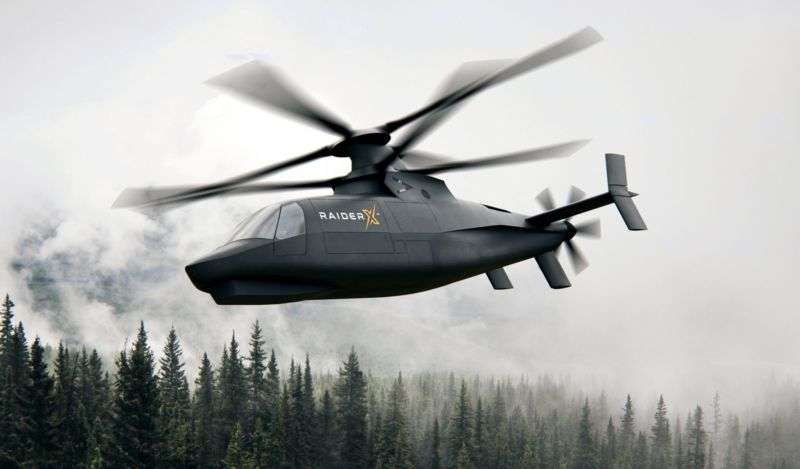
Sikorsky makes its bid for Army’s next scout copter

As the Association of the US Army (AUSA) kicks off its annual Washington, DC meeting—a combination of Army conference and land-warfare trade show—Lockheed Martin’s Sikorsky unit has unveiled the company’s entry into the Army’s Future Attack Reconnaissance Aircraft (FARA) design shoot-out. As predicted, the “Raider X” is based heavily on the S-97 Raider demonstrator that Sikorsky showed off at the 2015 AUSA conference.
But there are some significant differences in the proposed design, differences that echo an earlier attempt by the Army to build a light-attack helicopter. Much like Bell’s Invictus design, the Raider X’s stealthy design bears a passing resemblance to the Boeing/Sikorsky RAH-66 Comanche.
The Raider X has the same side-by-side crew configuration as the Raider demonstrator. But instead of additional crew and passenger seating, it has modular internal weapons and sensor mounts, reducing its potential radar cross-section. As with Bell’s Invictus, the design included a “Modern Open Systems Architecture”-based avionics suite, theoretically allowing for rapid and low-cost upgrades over the life of the aircraft. And as with the S-97 before it, the Raider X is designed to be “optionally manned”—meaning that it can be flown remotely or operate autonomously for missions that either don’t require an aircrew or would put aircrew at an unacceptable risk.
Like the S-97 (and Sikorsky’s X2 experimental helicopter), the Raider X design uses coaxial rigid rotors designed for better performance at high speeds and a “pusher” propeller that takes the thrust load off the rotors. The coaxial rotors help to fight the retreating blade stall effect that has previously limited helicopter airspeeds, allowing the Raider X design to reach advertised speeds in excess of 250 knots (over 287mph, or 463km/h). The reduced footprint of the coaxial rotors allows the helicopter to fly in more confined urban spaces and other environments. And the design can fly at altitudes above 9,000 feet and maneuver while banking over 60 degrees—another leap beyond traditional single-rotor helicopters.




